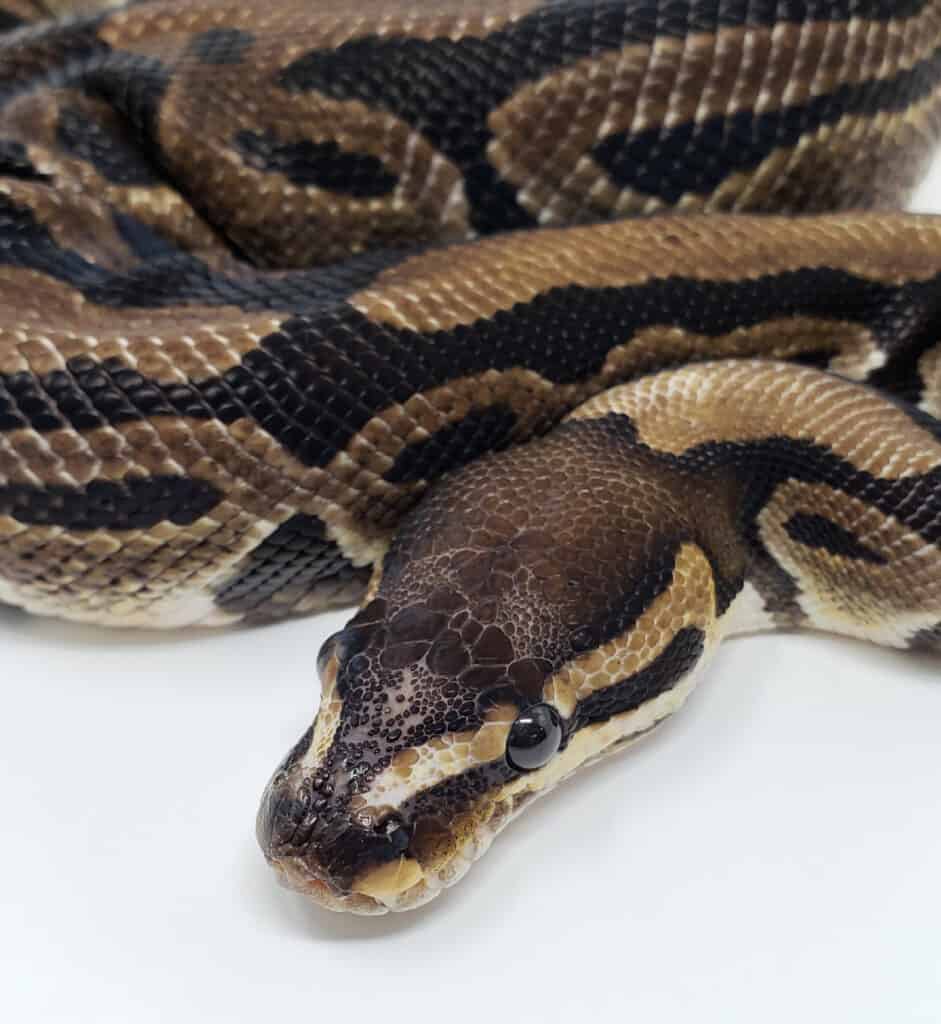

If you are considering a ball python as a pet, make sure to do your research and consider adopting from your local animal shelter or reptile rescue group. Make sure potential pets are captive-bred in the United States rather than being imported from Africa. If you would like to help ball pythons, do not support the illegal pet trade by purchasing wild-caught ball pythons. Poor conditions of importation often lead to stressed and aggressive animals. Wild-caught animals will often refuse to eat in captivity and can carry parasites. Wild ball python populations are currently stable, however excessively catching wild ball pythons for the pet trade could lead to a threatened status. During this time, she will not leave her eggs, not even for a meal.īall pythons are common throughout their range in Africa and their conservation status is listed by the International Union for Conservation of Nature as Least Concern. The female ball python will stay with the clutch, using her body to maintain consistent temperature and humidity for her eggs. When resting, startled or defensive, these pythons curl tightly into a ball, concealing their vulnerable head amongst the coils. They spend most of their time on or under the ground in burrows. Females are very attentive of their clutches and will guard the eggs throughout incubation. Ball pythons are typically nocturnal (active at night) or Crepuscular animal - Wikipedia (most active during dawn and dusk). Clutches consist of four to 10 leathery eggs which hatch approximately 55 to 60 days after being laid. In times when food is scarce, ball pythons can slow down their metabolism, to burn less energy, until food becomes readily available.īall pythons are oviparous (egg-laying) reptiles. Ball pythons do not chew their food, instead they swallow it whole. Like most constrictors, ball pythons have backwards pointing teeth, which aid in holding on to their prey. In the wild ball pythons feed mainly on small mammals and the occasional small bird. Ball pythons are not venomous instead they suffocate their prey through constriction. Their spotted coloration allows them to camouflage well in grass and scrub environments, keeping them safe from predators while allowing them to hunt their prey under cover.īall pythons are typically nocturnal (active at night) or crepuscular (most active during dawn and dusk). Ball pythons have lighter underbellies, typically white, cream or grey in color. They also have a broken dorsal stripe along their back. Ball pythons are generally chocolate brown to black with medium to light brown spots and splotches lining their sides. Ball pythons have pits along the top jaw that perceive heat, forming thermal images of their surroundings.

Thin necks support noticeably wider, flattened, pear-shaped heads. Lifespan: 20 to 30 years in captivity less in the wildīall pythons average three and a half to five feet long at adulthood.


 0 kommentar(er)
0 kommentar(er)
